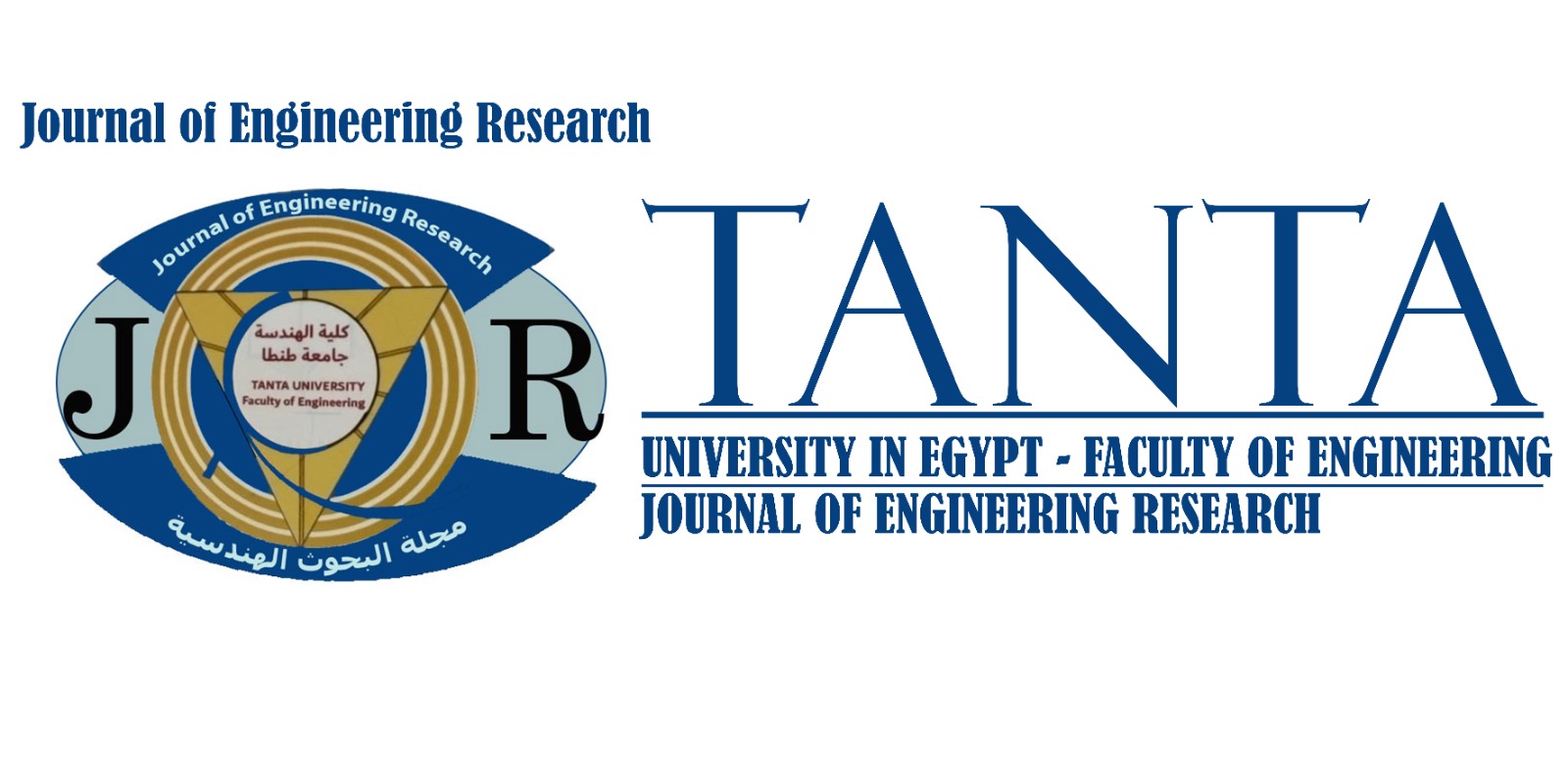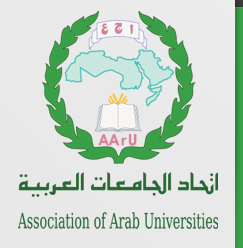Journal of Engineering Research

DOI
https://doi.org/10.70259/engJER.2025.911891
Abstract
Water quality degradation is a major global concern and a significant threat to human health. In Egypt, extensive agricultural runoff enriched with fertilizers, pesticides, and herbicides endangers the aquatic ecosystems. Accordingly, a reliable water quality monitoring and assessment program is crucial for formulating a management strategy aimed at water resource protection. Indeed, water quality assessment implies a challenge in identifying sampling locations, frequencies and monitored parameters. This paper aims to report on the water quality state of some irrigation streams in the Dakahlia governorate, Egypt. A systematic monitoring program was implemented through three field campaigns conducted in November 2023, February 2024, and August 2024. Accordingly, ten water samples were collected from five irrigation canals and five agricultural drains as part of this program. Eight key parameters, namely Dissolved Oxygen (DO), Biochemical Oxygen Demand (BOD), Chemical Oxygen Demand (COD), Nitrate (NO3-), Phosphate (PO43-), Potential of Hydrogen (pH), Total Dissolved Solids (TDS), and Fecal Coliform (FC) were laboratory analyzed. Meanwhile, the water temperature was in situ measured. The National Sanitation Foundation Water Quality Index (NSF-WQI) was adopted as a cumulative assessment metric for the streams’ ecological health. The results showed a deviation in the observed concentrations of almost all streams from the local permissible limits. The NSF-WQI rated the agricultural drains as “Bad”. While the canals' water was consistently evaluated as "Medium". These findings highlight the urgent need for contamination control measures and ecosystem preservation plans to mitigate environmental damage and health hazards.
Recommended Citation
Elbialy, Mahy Adel; Rashwan, Ibrahim Mohamed; Shalaby, Saleh; and Shalby, Ahmed
(2025)
"Water Quality Assessment of Irrigation Streams within Dakahlia Governorate, Egypt,"
Journal of Engineering Research: Vol. 9:
Iss.
1, Article 9.
DOI: https://doi.org/10.70259/engJER.2025.911891
Available at:
https://digitalcommons.aaru.edu.jo/erjeng/vol9/iss1/9

